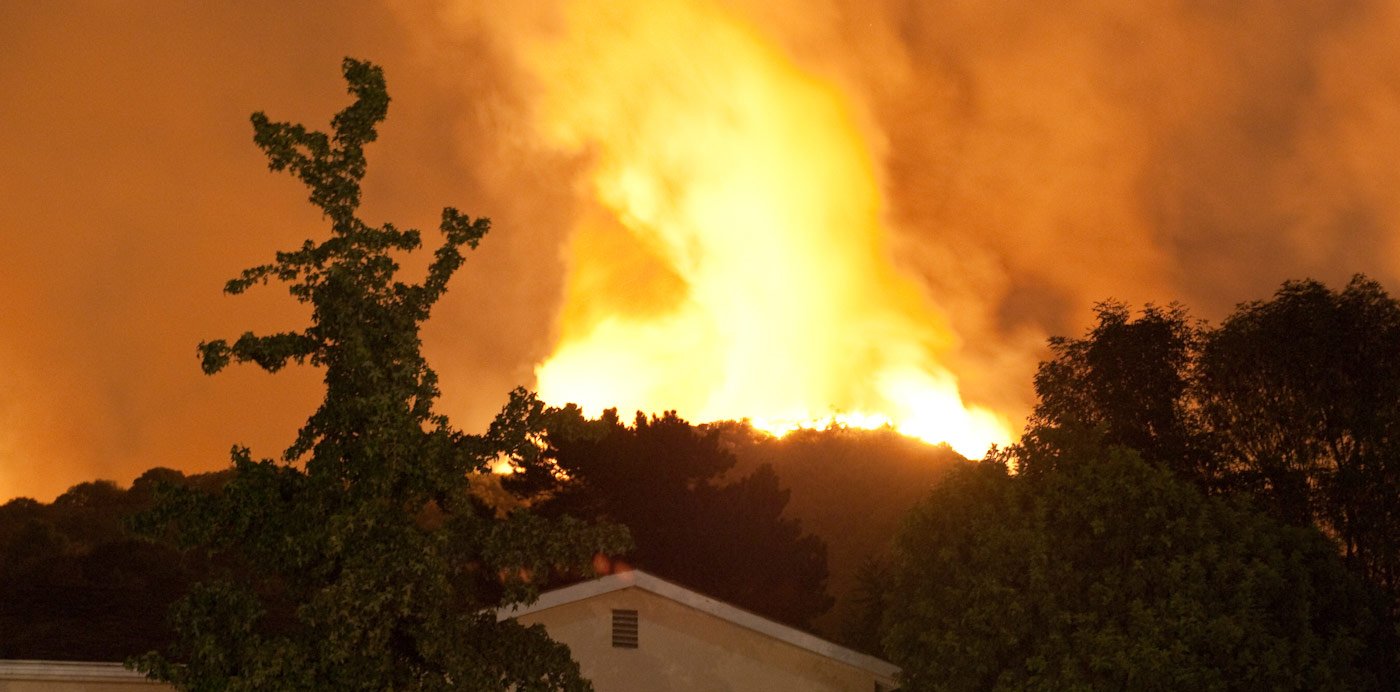
The U.S. Mid-Atlantic region has seen an increasing frequency of extreme weather events due to climate change. However, recent federal funding cuts have raised concerns about the region’s ability to prepare for and recover from climate disasters.
Rising Climate Catastrophes in the Mid-Atlantic
In 2024, Pennsylvania experienced 12 billion-dollar weather disasters, equaling the number of such events that occurred during the entire 1980s. This alarming trend highlights the growing impact of climate change in the region.
To address these concerns, experts gathered in Philadelphia to discuss ways to strengthen infrastructure and improve community response systems for future disasters. They emphasized the urgent need for proactive disaster preparedness to mitigate the increasing risks of climate-related disasters.
Cuts to Federal Funding Put Preparedness at Risk
The Trump administration has significantly reduced federal disaster relief funds, including billions in cuts to programs managed by the Federal Emergency Management Agency (FEMA). These funding reductions have increased uncertainty for state and local governments, which depend on federal assistance for disaster preparedness and recovery efforts. Without this support, the Mid-Atlantic’s ability to respond to future climate disasters could be severely compromised.
State-Level Implications
Some states are already feeling the pressure from federal funding cuts:
- Maryland faces a $2.7 billion budget deficit by fiscal year 2026, potentially growing to $6 billion over the next five years.
- Governor Wes Moore has proposed $2 billion in state budget cuts, which include reductions in climate program funding.
- Much of this climate funding depends on federal money, which is now at risk due to the proposed budget reductions.
Recent Climate Events Bolster the Urgency
The Mid-Atlantic has experienced several extreme weather events recently, reinforcing the need for robust disaster preparedness:
- Hurricane Helene (September 2024) – This destructive hurricane swept through multiple states, including North Carolina, causing over 100 fatalities and $59.6 billion in damages.
- Northeastern Wildfires (Fall 2024) – Severe drought conditions led to 537 wildfires in New Jersey between October 1 and November 11, forcing evacuations and straining local emergency response teams.
- February 2024 Nor’easter – This powerful winter storm brought heavy snowfall and dangerous road conditions to the Mid-Atlantic, particularly affecting Pennsylvania and New Jersey with widespread power outages.
Responses from Community and Experts
As the Mid-Atlantic grapples with climate disasters, communities and experts are advocating for urgent climate resilience measures:
Amplified State and Local Efforts
With federal funding at risk, state and local governments are being urged to develop independent disaster preparedness plans and invest in infrastructure improvements.
Public Awareness Campaigns
Educating residents about climate change risks and personal preparedness strategies is crucial in building community resilience.
Policy Advocacy
Experts are calling for stronger policy engagement, urging policymakers to prioritize climate disaster preparedness funding and long-term mitigation efforts.
Frequently Asked Questions
Q: How are federal funding cuts affecting the Mid-Atlantic’s disaster preparedness?
A: The reduction in federal disaster relief funding, particularly to FEMA programs, may limit financial support to state and local governments, making it harder to prepare for and respond to extreme weather events.
Q: What recent climate disasters have impacted the Mid-Atlantic region?
A: Major events include Hurricane Helene (September 2024), which caused significant destruction and fatalities, and the 2024 wildfires in New York and New Jersey, which were worsened by severe drought conditions.
Q: What steps are states taking to address funding shortfalls?
A: Maryland and other states are adjusting their budgets, with some reducing funding for climate initiatives. Meanwhile, state and local agencies are working to enhance disaster preparedness strategies despite financial constraints.
Q: How can communities strengthen their resilience to climate disasters?
A: Communities can invest in infrastructure improvements, conduct public education campaigns, and push for policy changes that prioritize climate resilience efforts.
As the Mid-Atlantic faces increasing climate disasters and federal funding cuts, it is more important than ever for communities, policymakers, and residents to stay informed and proactive. Get involved with local advocacy groups and urge leaders to maintain investment in climate resilience programs.
Note: This article is based on information available as of February 16, 2025. For the latest updates, refer to official state and federal resources.





